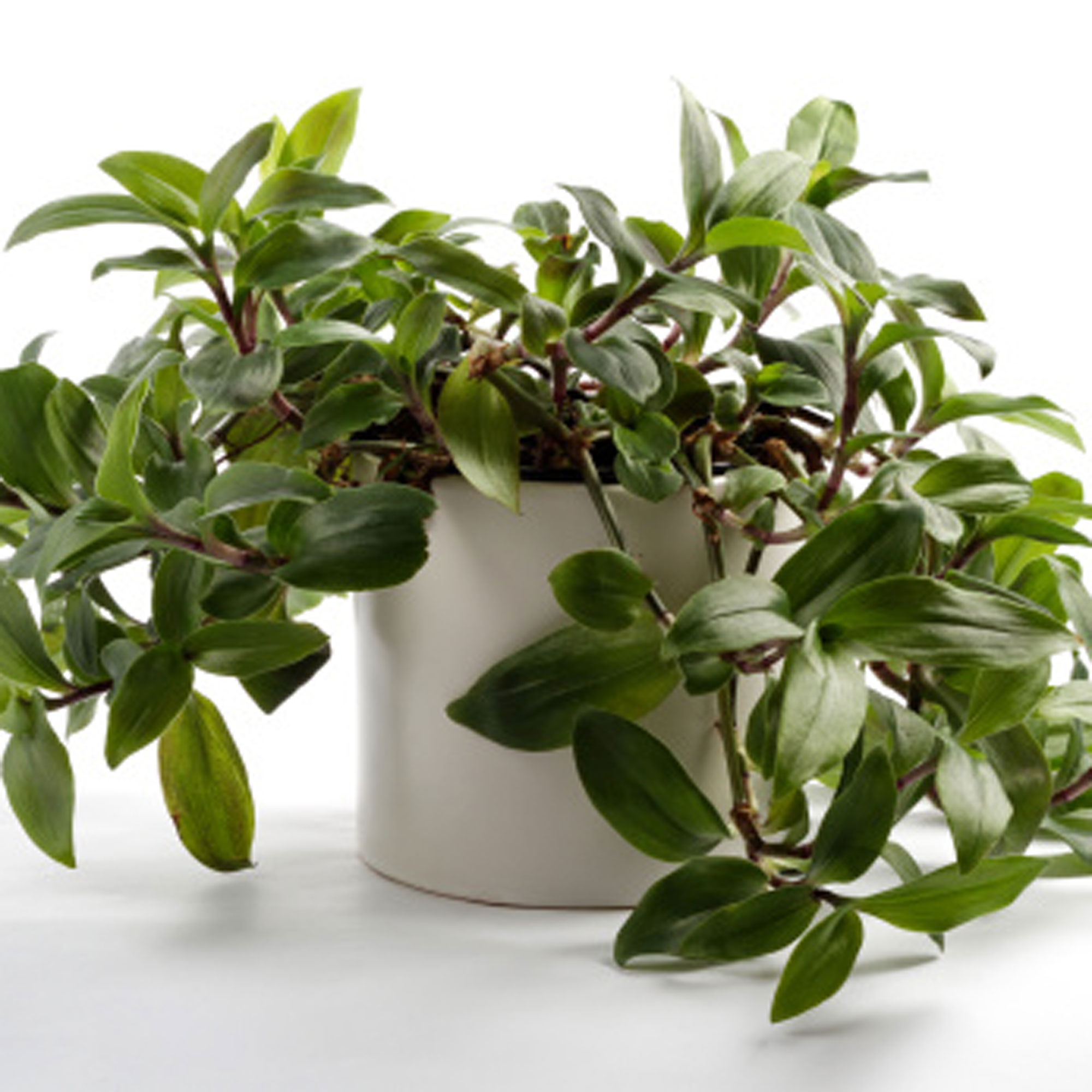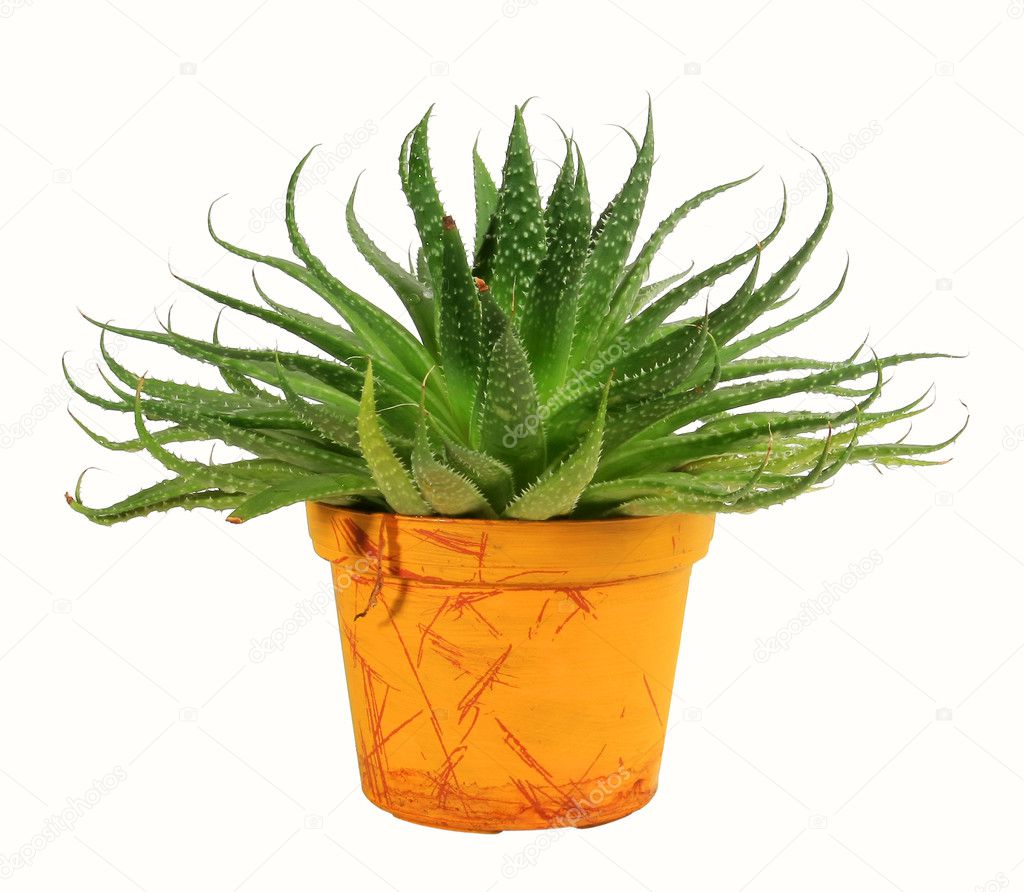Table Of Content
Many types of jasmine make wonderful houseplants that are fast-growing and low-maintenance, and Arabian jasmine (Jasminum sambac) is one of the best for a brightly lit location. Usually grown for Christmas, Hippeastrum (amaryllis) is a bulbous plant, bearing large, velvety flowers in a variety of colours. Alocasia cuprea bears large, leathery heart-shaped leaves in a variety of colours.
Rosy Potting Soil

In 2016, coal—the dirtiest fossil fuel—accounted for 30.4% of all power generation in the U.S., while renewables stood at 14.9%. Coal power generation has declined significantly since then, with 16.2% of all power generated in the U.S. in 2023 coming from coal-powered plants. Renewables accounted for 21.4% of energy generated in the U.S. last year. But the rules do not cover existing gas-powered plants, which account for 43.1% of electricity generation in the U.S.—more than any other source.

Houseplants That Will Brighten Your Home With Color
As the name implies, heart leaf ferns are famed for their adorable glossy, heart-shaped leaves. The first recorded sighting of heart-leaf fern dates back to 1859 when it was first identified in southeast Asia. Named for its bright red blooms, flame violets’ colorful flowers are only accentuated by their showy, highly contrasting leaves. Also known as the “felt bush,” this drought-tolerant plant requires minimal watering.
Foliage Type Plants
As a houseplant, this hardy species remains much smaller and rarely grows over 10’ tall. If you notice your Persian shield beginning to turn brown, lack of humidity or underwatering is likely the cause. Persian shields do best with consistently moist, not soggy, soil and higher than normal household humidity levels. Preferring a rich, well-draining potting mix, kaffir lilies generally bloom in mid-winter, approximately around February.
African mask plants prefer moderate temperatures, high humidity, and indirect lighting. Outdoors, a new tree can be a big investment, but easy indoor trees can make affordable yet eye-catching houseplants for beginners. The secret to keeping Norfolk Island pine (Araucaria heterophylla) healthy indoors is to give it bright but indirect light. In low light, the lower branches tend to turn brown and fall off. The hoya kerrii is a beautiful, vining succulent native to Thailand. A quick look at the heart-shaped design will tell you how this popular houseplant got its name.
This one might look a bit familiar to you, especially if you're familiar with the ficus lyrata, also known as the fiddle-leaf fig. Colloquially known as a bird's nest anthurium (not to be confused with the bird's nest fern) the dazzling anthurium superbum is recognized by its waffled, shiny, ironclad leaves. Opgenorth tells us it originates in Ecuador and is an excellent "gateway plant" for those who want to get more comfortable growing other members of the anthurium genus.
Learn more about Bloomberg Law or Log In to keep reading:
Coming in solid and variegated varieties, as a houseplant, English ivy looks thrilling in a hanging basket or when displayed on a high shelf. Just be sure to provide your plant with a little bit extra humidity to prevent leaf drying. Growing up to 4’ tall as houseplants, keep your Chinese evergreens away from drafts as they can cause leaf damage. Drought and heat-tolerant, this adaptable species can adjust to low light situations making it a great choice for rooms you might not necessarily think to keep houseplants in. Just place your fern on a pebble tray or mist it occasionally and you should have a charming houseplant for years to come.
And some indoor plants are tough enough to survive just about anywhere. Coal ash contains cancer-causing substances like arsenic and mercury that can leach into the ground, drinking water and nearby rivers and streams, harming people and killing fish. The nation has made major improvements at improving air quality and reducing emissions in recent decades by shutting down 382 coal-fired power plants, Jealous said. The newer standards are expected to advance those efforts even further.
BEST INDOOR PLANTS FOR BRIGHT LIGHT
Bulb flowering type plants produce a cluster of attractive trumpet-like flowers in different color variations. A favorite over the winter holiday season, Christmas cactuses (Schlumbergera x buckleyi) develop gorgeous blooms in colors of mauve, orange, pink, red, white, and yellow. If you’re new to these dazzling plants, our guide to growing and caring for bromeliads indoors has all the advice you need.
Consider sniffing a few before buying to make sure you’ll enjoy having your whole house smell like that. Fiddle leaf figs are relatively thin and narrow trees, growing with a single main trunk. The leaves are rather large and bushier but don’t extend too far from the central trunk. Fiddle Leaf Figs enjoy alternating between dry and wet spells, so occasional deep watering works best.
Grow in bright light to partial shade, with a good degree of humidity - a bright bathroom is ideal. With thick, waxy leaves that are useful for moisture retention, hoyas can withstand some periods of drought; however, they prefer regular watering schedules. When properly maintained, hoyas will produce large, fragrant blooms. Its Latin name, “elastica” refers to the plant’s white sap, which contains a natural latex, which has been historically used to create rubber. Rubber plants come in both solid green and variegated varieties and their glossy, fleshy leaves benefit from the occasional dusting to maintain their characteristic sheen. Propagating easily in water, polka dot begonias, like other begonias, require regular watering schedules and a monthly feeding with a good liquid fertilizer.
Bright, indirect light and a temperature of around 70°F is required for bud set indoors, and because most indoor species are epiphytes, well-draining soil is a must. Vigorous growers that make attractive houseplants, abutilon grows up to five feet tall and should be pruned annually to keep plants bushy and at a manageable size. Fiddle leaf fig, Ficus lyrata, is a pricey plant that can be a little fickle – it has a habit of dropping its leaves if it’s not happy. This could be due to dry air, under- or overwatering, under- or over feeding, or sudden changes in temperature. Once you have found the right place for it – a bright spot, out of direct sun, in a warm room – leave it there, as it doesn’t like being moved. Pilea peperomioides is an easy-to-grow plant with distinctive round, succulent leaves.
Plants are an amazing way to liven up your entire home, creating a cozy atmosphere while adding a pop of color to your space. Standard-sized plants grow eight to 26 inches tall with a similar spread and require bright, indirect light, and temperatures between 60 and 70°F. It bears small, sharply pointed, toothed leaves in blue-green, with reddish tips.
Building a Plant Collection? Start with a Statement Plant - Better Homes & Gardens
Building a Plant Collection? Start with a Statement Plant.
Posted: Wed, 24 Apr 2024 21:05:40 GMT [source]
The kentia palm plant has the scientific name of Howea Forsteriana. Croton – Codiaeum VariegatumNot an easy species to grow, although its foliage is outstanding in color. Areca Palm – Dypsis LutescensA cane-type palm growing up to 8ft tall with multiple stems. Aluminum Plant – Pilea CadiereiAn easy-going house plant that is generally simple to please. This amazing bulb-based plant “beach spider lily” enjoys environments that are downright aquatic and easy to maintain. Moth orchids (Phalaenopsis spp.) have attractive, strap-like foliage and feature flowers in a variety of different colors.
The rule also would force future electric plants fueled by coal or gas to control up to 90% of their carbon pollution. The evergreen plant loves high humidity, indirect sunlight, and cool temperatures. When planting ferns, add peat moss and perlite to the soil to improve airflow to the roots. Whether you’re planting for your house or giving as a gift, moth orchids are always a good idea. Pick a well-drained container and place it under bright indirect sunlight.
Featuring leaves in various shades of silver, gray, green, and even pink and red, Chinese evergreen (Aglaonema commutatum) is an excellent choice for brightening up low-light areas of your home. You’ll often see them in a shopping mall or airport plantings because they are so adaptable and durable, yet attractive. However, one of his favorites is the Black Velvet variety, which features saturated green leaves contrasted with white veining. He says, "It's one of the most popular at the moment, and can be found in plant shops, nurseries, and online platforms like Etsy." These funky trees have been trendy for the past few years, thanks to their shaggy leaves and thick, woody trunk. They're slow growing, and can eventually become tree-sized, even indoors.

No comments:
Post a Comment